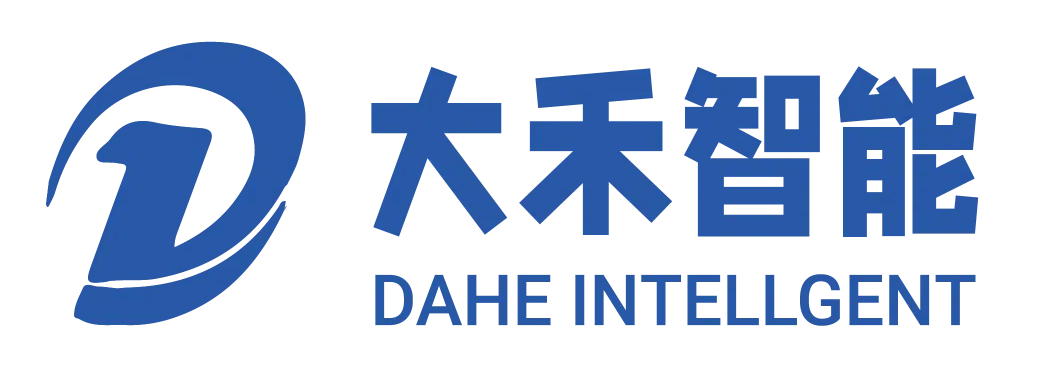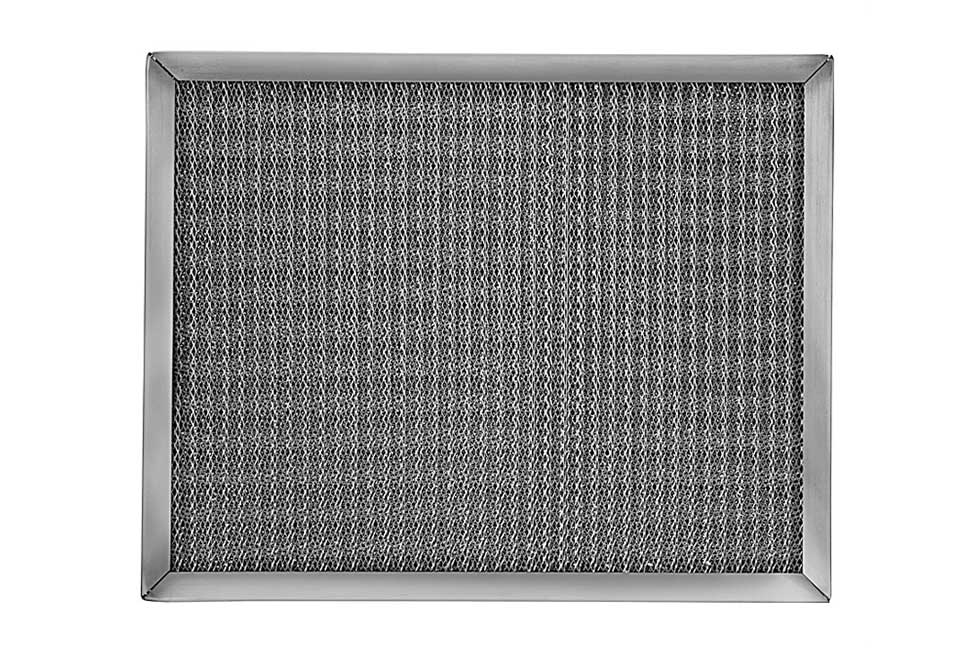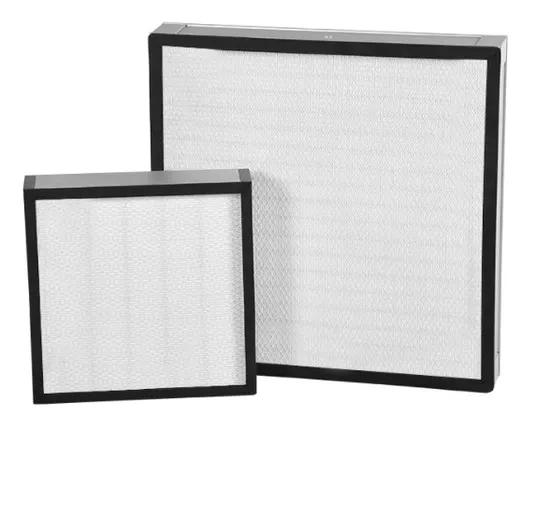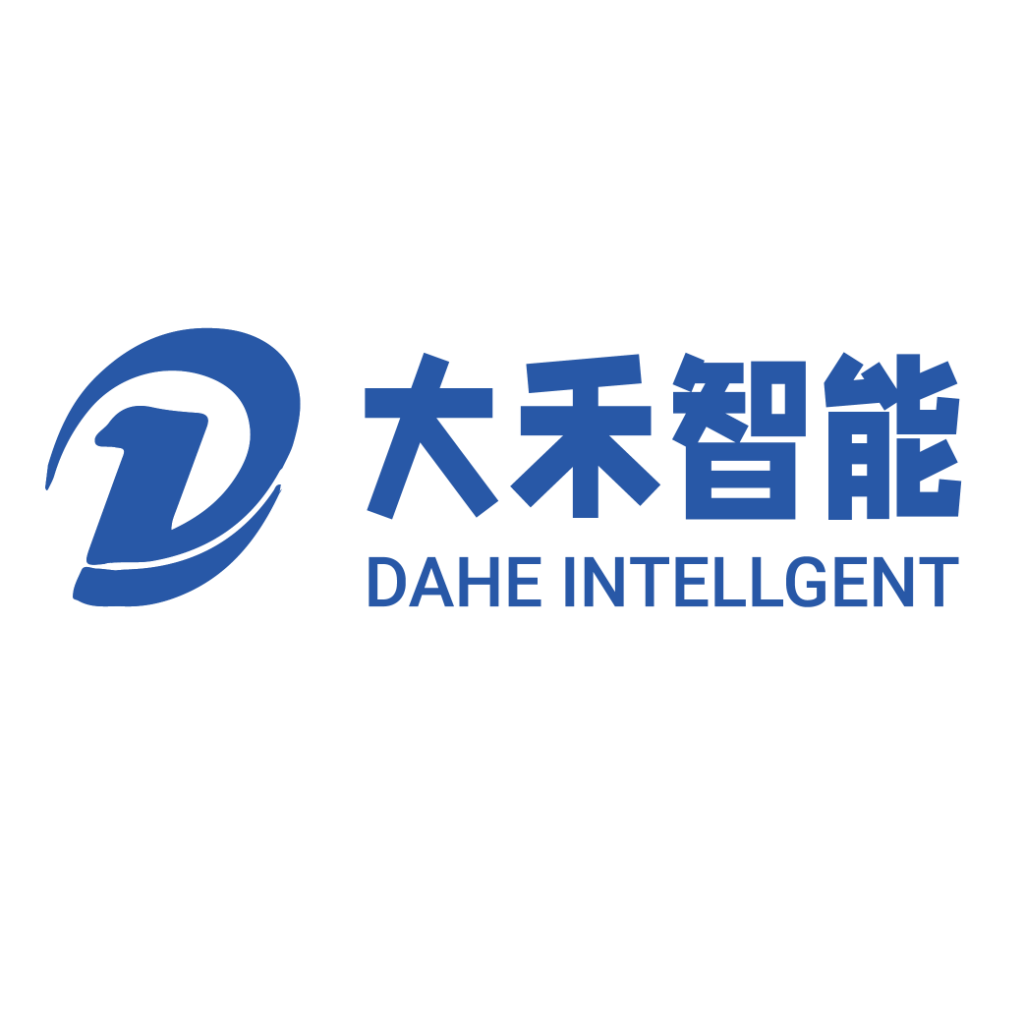Filter manufacturers using a filter screen four welt production line often encounter production bottlenecks caused by inefficient parameter configuration. Even minor adjustments to speed, pressure or temperature settings in production can greatly affect output quality and yield. A mistake many operators make is using uniform settings for all product types, which can create new bottlenecks if you adjust the roller pressure without changing the conveyor speed or cooling rate. The core of the entire adjustment operation lies in the parameter optimization strategy, which considers material characteristics, product specifications, and equipment capabilities. The best combination of parameters is recommended for each filter type, eliminating the trial-and-error approach that traditionally plagues process optimization.
Optimizing roller pressure settings in a filter screen four welt production line
The pressure the forming roller applies directly affects production speed and material integrity. Too little pressure cannot form a clean bend, which increases the scrap rate. Too much pressure distorts the mesh structure and reduces filtration accuracy. For stainless steel filters, the drum pressure can be set to 12-15 MPa for best results.
These key settings include automatic pressure adjustment of ±0.3 MPa for every 0.05 mm thickness change for material thickness compensation. Dynamic balancing is achieved using load cells to monitor real-time pressure distribution on all four rollers. Another key setting is the implementation of segmented rollers that can apply different pressures on different parts of the filter screen – especially valuable when processing large-format filters where edge warping is common. The latest generation of pressure control systems can make up to 100 adjustments per second.
Maximizing conveyor speed without sacrificing accuracy
Many operators limit conveyor speed to 60% of the machine’s rated capacity to avoid alignment issues, a major cause of severe productivity losses. However, proper parameter synchronization can safely increase speeds to 85-90% of the maximum while maintaining ±0.1mm position accuracy.
Key parameters that require adjustment include servo motor acceleration, which was reduced from the default 0.3 seconds to 0.18 seconds for faster start/stop speeds. Optimization of the clamping force also requires dynamic force adjustment according to the screen size (e.g., 150N for a 100x100mm filter and 220N for a 300x300mm), and operators should ensure that the conveying system is well maintained and that rollers, belts and other moving parts are running smoothly. Any friction will slow down the conveyor belt and reduce its efficiency. Regular maintenance and inspections ensure increased conveyor speeds translate into higher production capacity.
Fine-tune the mesh tension for maximum efficiency
Web tension on the filter four-side line is another key parameter affecting production capacity. The mesh tension during the filtration process affects the efficiency of the filtered material and the speed at which the system can process the material. If the mesh tension is too high, it will restrict the flow of the material and reduce the overall output. Conversely, if the tension is too low, it will result in poor filtration. Suppose you want to increase your capacity by 30%. In that case, the operator should adjust the mesh tension to a level that allows the material to flow smoothly while maintaining the desired filtration quality. The tension should be optimized for the specific material type being processed. For example, finer materials require higher tension settings, while coarser materials require lower tension settings.
Temperature Control Strategies for Filter Screen Four Welt Production Lines
Temperature fluctuations during the bending and welding stages cause 23% of quality issues in filter production. Therefore, the following thermal parameters must be maintained. The optimal temperature range stability thresholds during the process stages can be controlled at 80–85°C during the preheating stage, 120–130°C during the bending stage, and 180–200°C for laser welding. However, temperatures exceeding the recommended ranges can negatively affect filtration quality, causing material decomposition or degradation. Therefore, temperature adjustments should be made with caution and system performance should be continuously monitored. By fine-tuning temperature control, operators can increase the capacity of filter four-sided lines while ensuring that product quality remains high.
Regular maintenance and system calibration for continuous capacity improvement
Filter screen four welt production lines wear out over time, reducing efficiency, increasing downtime, and impairing production capacity. Regular maintenance keeps all components in top working order. During daily operation, conveyors, motors, screens and filter chambers can be regularly checked for signs of wear and tear, and all moving parts can be properly lubricated and calibrated. In addition, regular calibration of sensors and control systems ensures that system parameters remain accurate, which is critical to maintaining production speed and quality. Operators should also regularly review the system’s performance data to identify areas needing further optimization. If certain components consistently operate at suboptimal levels, adjustments can be made to improve performance and prevent any issues hindering capacity increases.
Achieving a 30% Capacity Leap
Achieving sustainable capacity growth in your filter four-sided production line requires more than isolated adjustments. Sustainable capacity growth can be achieved through synchronized adjustments to pressure, speed, temperature and maintenance settings. If these adjustments are implemented correctly, they can improve efficiency, reduce downtime and increase production reliability. Implement these strategies systematically, validate them through controlled trials, and be ready to redefine your production benchmarks.




